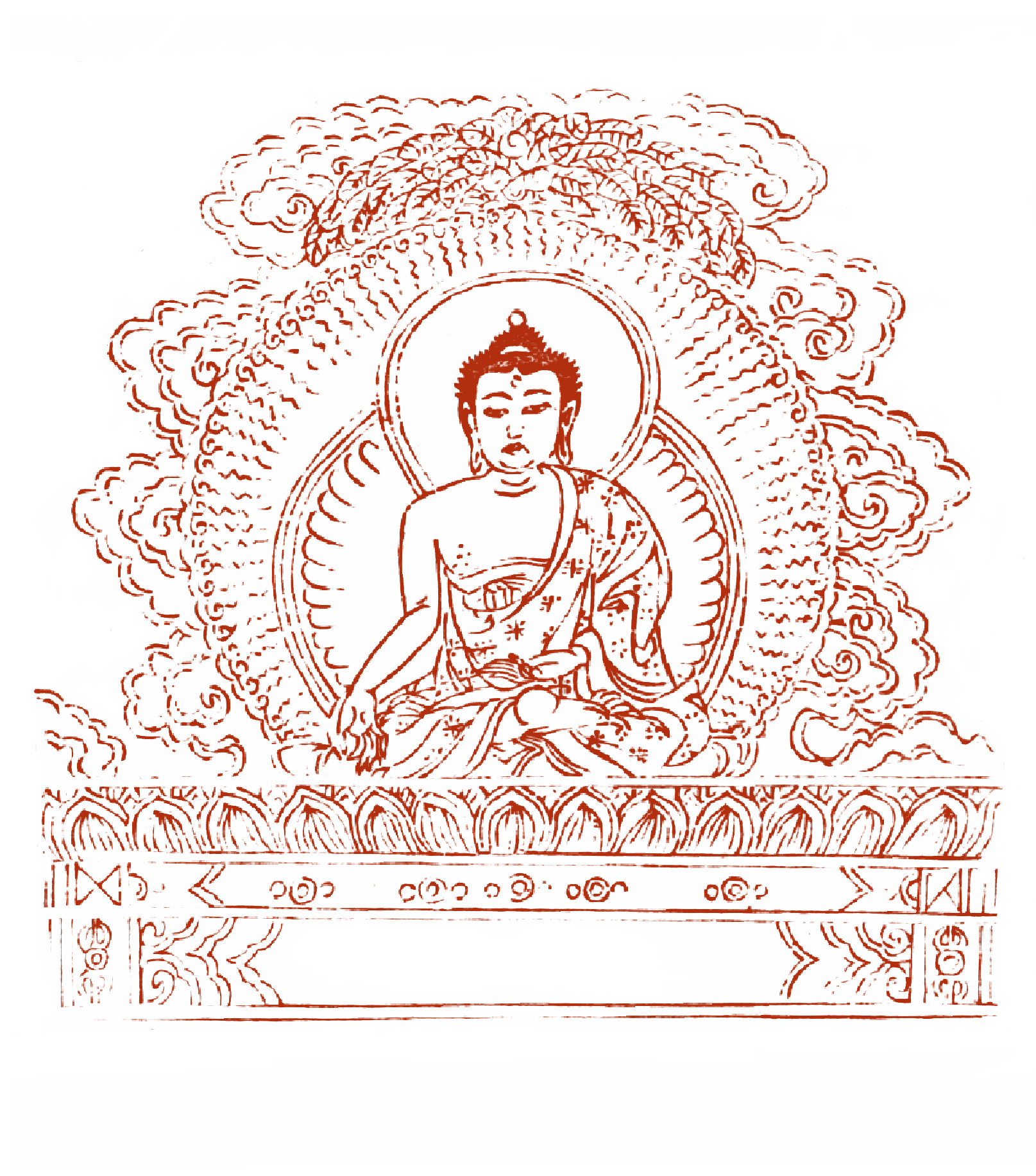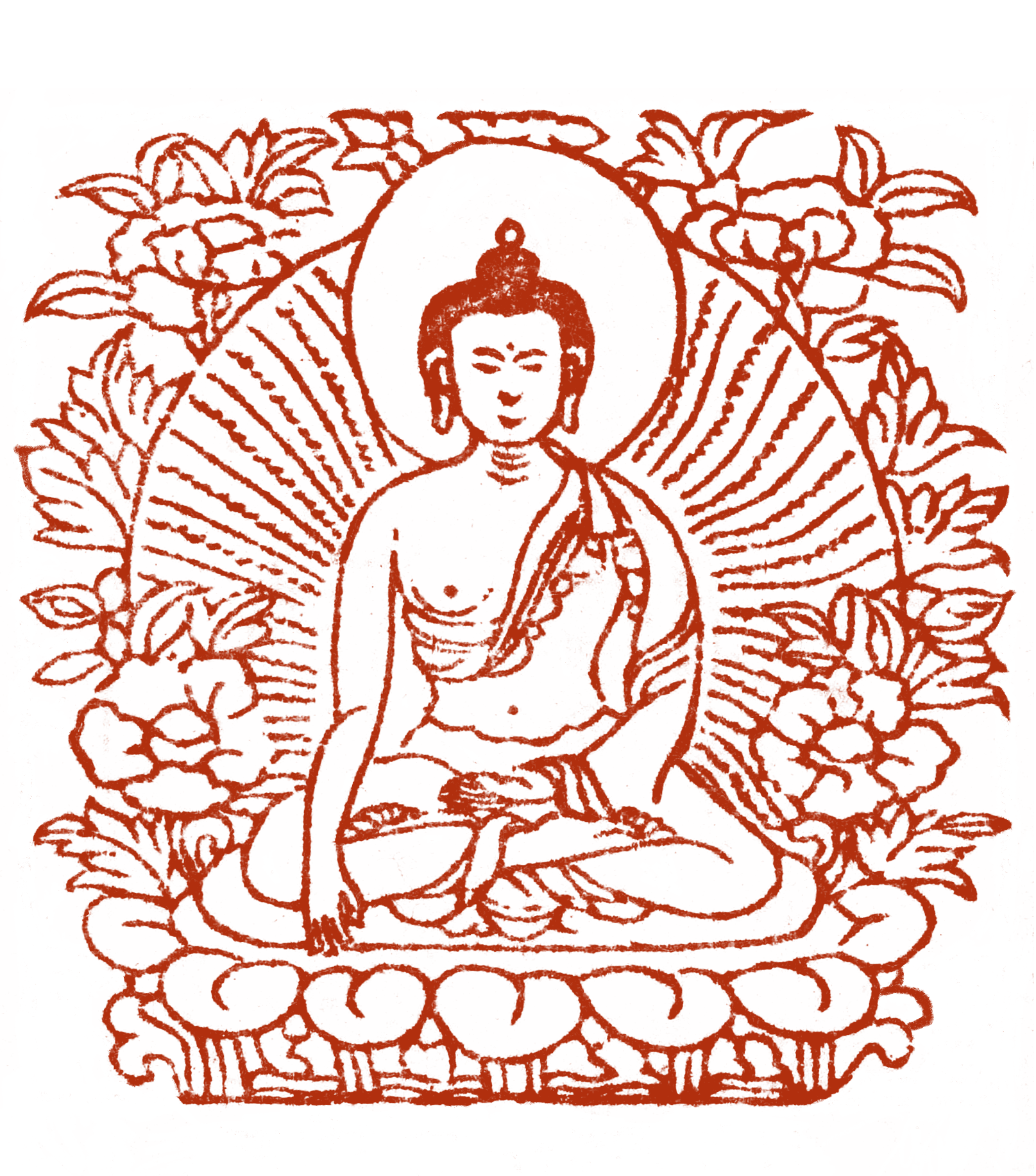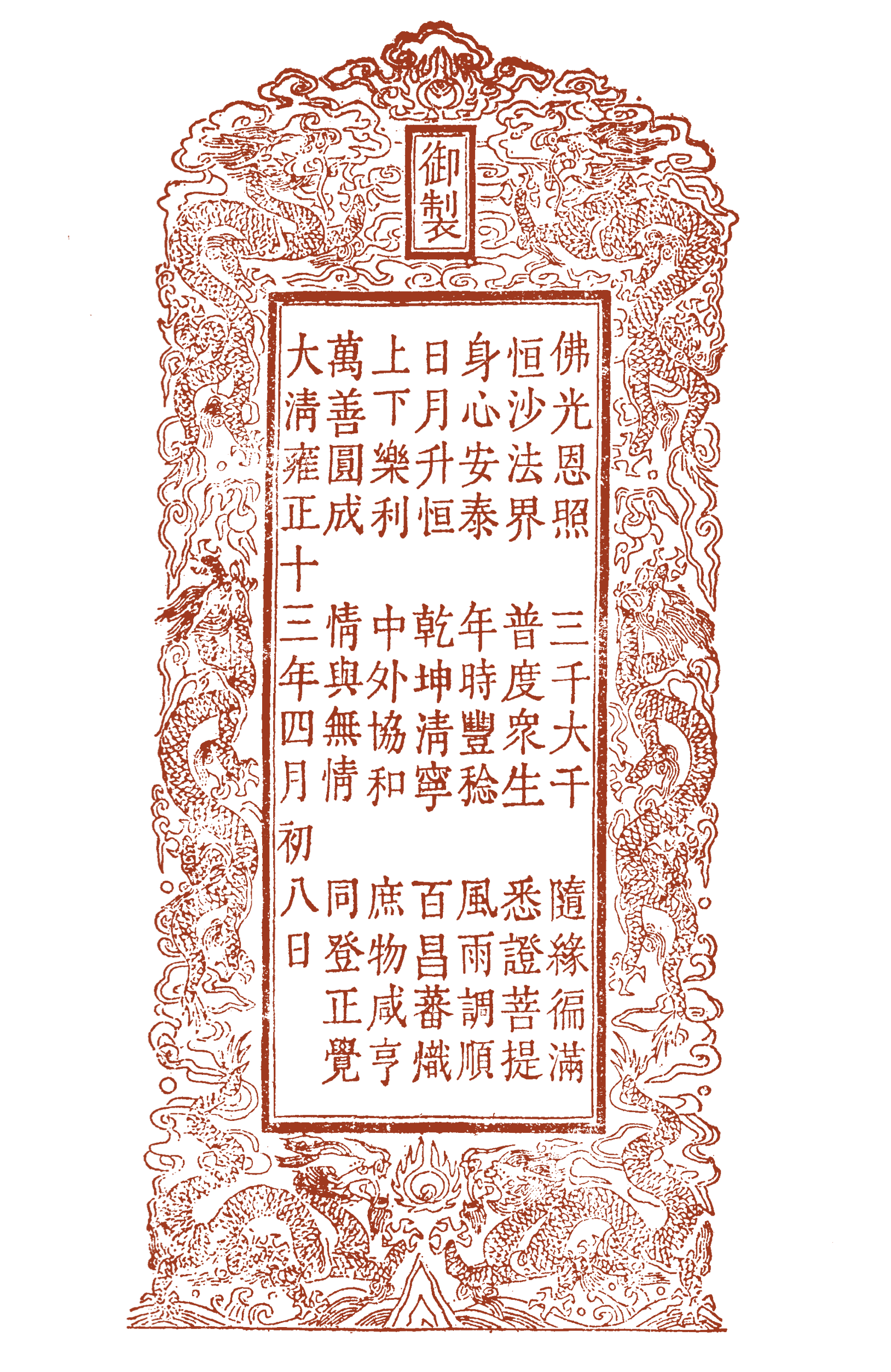Kangyur
5 August, 2020 2022-08-18 8:17Kangyur
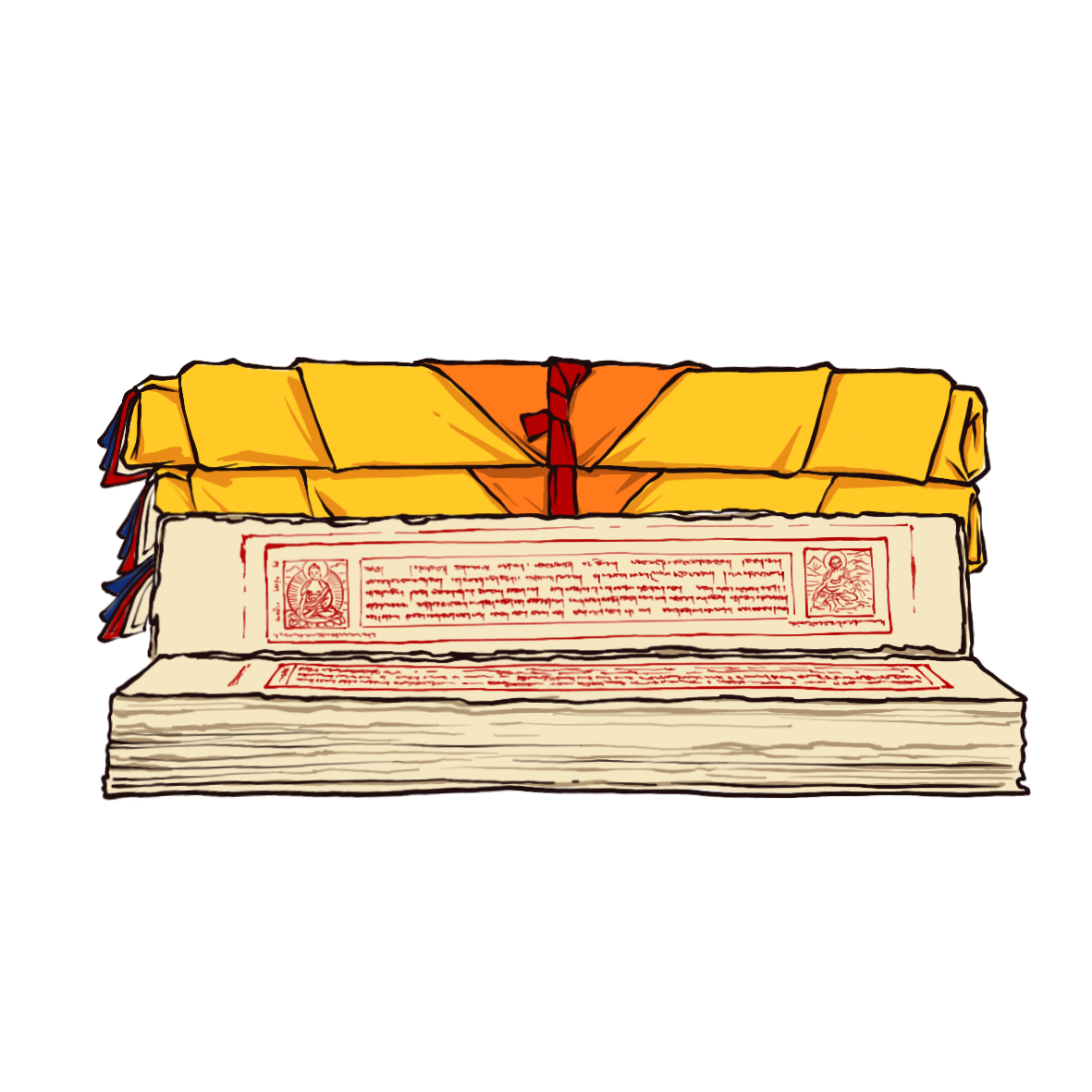
KANGYUR
The collection of the Buddha’s teachings, we aim to have the Jiang, Dege, and Lhasa editions available for study and comparison.
AN INTRODUCTION TO THE KANGYUR
The Kangyur is the collection of the Buddha’s teachings and has been translated into different languages throughout history.
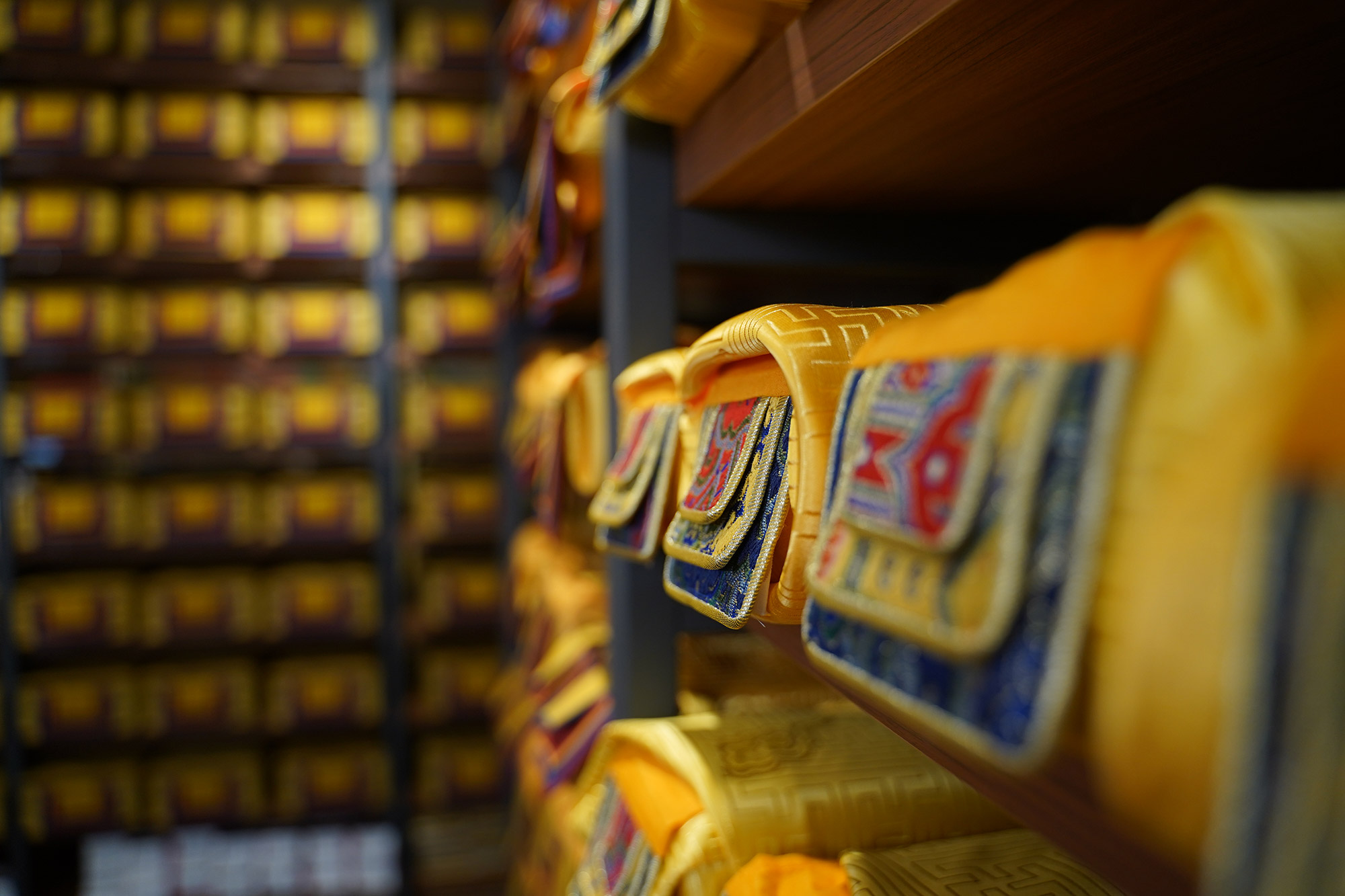
Copies of the Kangyur and Tengyur in the Adarshah offices.
The Kangyur is a series of scriptures consisting of the Tripitaka and the Four Classes of Tantras proclaimed by the Buddha Shakyamuni translated into Tibetan. It has a total of 104 or 108 volumes according to different sources. The Kangyur is a collection of instructions and philosophies that, if adhered to, is the wisdom that has the ability to help us dissolve and act as an antidote to all kleshas and karma and assist us in realizing our primordial nature.
LIJIANG KANGYUR
Started on the advice of the 9th Karmapa, the Lijiang Kangyur took 13 years to complete.
In 1608, Lijiang headman Karma Miphang Zhewang, followed the advise of the 9th Karmapa and started work in carving the Kangyur on the eighth day of the fourth month. The main proof-readers were the 6th Sharmapa Chökyi Wangchuck and the 5th Situ Chokyi Gyaltsen. The work took a period of 13 years, completing in the year 1621.

There are a total of 109 volumes including the table of contents. The Lijiang version of the Kangyur is an important witness to the multiculturalism of Lijiang and precious to the cultural exchange between Yunan and Tibet. Ming Tianqi Emperor of the Yunan Nahsi nationality supplied the funds to request the Tibetan Buddhist 6th reincarnate Chokyi Wangchuck of the red hat Karma Kagyu sect to be the main person responsible for compiling and proof-reading, carving the print blocks and printing of the Lijiang Kangyur.
The work was based on the Tsal Pa version of the Kangyur and took a period of three years (1623). The first copy of this version of the Kangyur was offered to the Jokhang Monastery in Lhasa. This is the first copy of the Kangyur printed in Tibet. The Preface states, “Ying Zhang San Yan Tu Wang Karma Mijian Cai Wang Sunan Rao Deng (Tibetan name of headman) welcomes the offering of the wood-carved version of the Kangyur to benefit all sentient beings. Under the lotus seat of Karma reincarnate Chokyi Wangchuck, may Buddha’s rays emanate everywhere and all causes and conditions of enlightenment mature. Dated the year of the Sun Wood Tiger.”
The Lijiang version of the Kangyur is arranged as follows:
- Thirteen volumes on Vinaya.
- Twenty six volumes on the section of Prajnaparamita.
- Thirty two volumes on the section of Sūtra.
- Six volumes on the section of Buddhavataṁsaka.
- Six volumes on the section of Ratnakūṭa.
- Twenty four volumes on the section of Tantra.
- One volume on the section of Vimalaprabhā.
- One volume of Catalogue and Postscript.
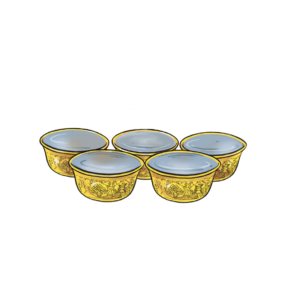
DEGE KANGYUR
Produced from 1729 to 1733 in Dege, Tibet, this Kangyur is considered one of the most accurate versions.
In 1729, the 42nd Dege headman Khampa Dengba Zheren was appointed as the person responsible for the Dege Kangyur project and Panchen Situ Chokyi Jungney was the main proof-reader. This version was based off the Lijiang Kangyur. The work took 5 years to complete and finished in 1733. There are a total of 103 volumes.
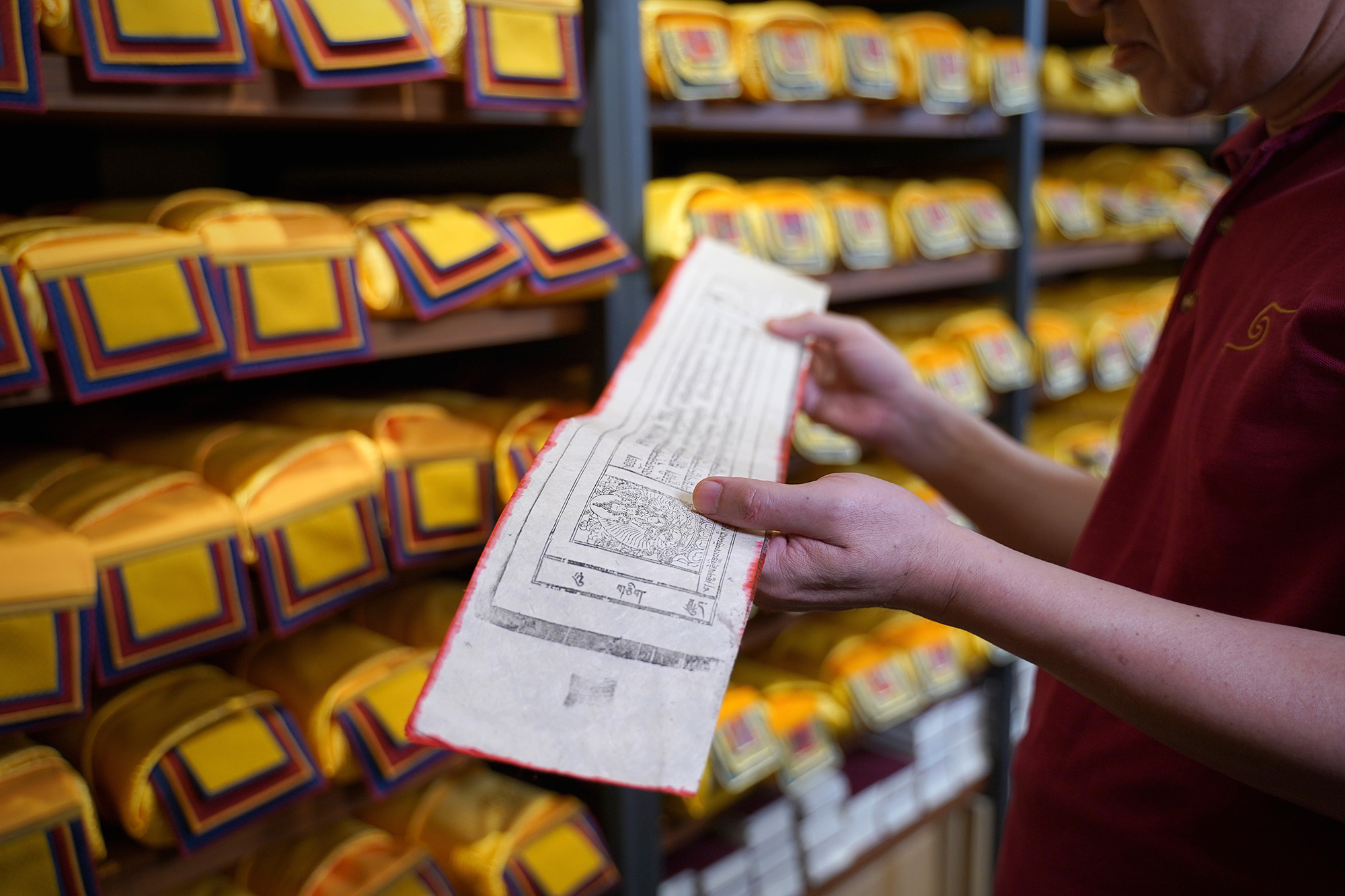
The Dege edition of the Kangyur has very few errors and the order of compilation is considered very accurate. This version is treated as the model version of the Kangyur.
The Dege version of the Kangyur is arranged as follows:
- Thirteen volumes on Vinaya.
- Twenty one volumes on the section of Prajnaparamita.
- Four volumes on the section of Buddhavataṁsaka.
- Six volumes on the section of Ratnakūṭa.
- Thirty two volumes on the section of Sūtra.
- Twenty volumes on the section of Tantra.
- Three volumes on the section of Nyingma Tantra.
- One volume on the section of Vimalaprabhā.
- Two volume on the section of Dharaṇīs
- One volume of Catalogue and Postscript.

LHASA KANGYUR / ZHOL KANGYUR
In the 15th year of the Tibetan rabjung calendar, the iron monkey year (year 1920), Gochok Tulku Ngedon Tendzin Chokyi Wangpo, requested the 13th Dalai Lama, Thubten Gyatso, to create a new version of the Kangyur according to the widely accepted contents of the Narthang, Gyaltse Thempangma and Dege version of the Kangyur. The hand-made woodblock printing plates were carved in Lhasa. Afterwards, with the support of Gyaltsab Radreng Rinpoche and the Dalai Lama’s brother, Kunga Wangchug, the work was continued and 100 volumes of wood-carved printing plates were completed in the 16th year of the Tibetan rabjung calendar, in the wood dog year (year 1934). The printing plates were later stored in the Library of Gangchen Phende Terdzod Ling at Zhol near the Potala Palace and called the Zhol or Lhasa Kangyur.
Tsen Zhab Tagdrag Tulku Ngagwang Sungrab Thuthob Tenpa Gyaltsen and Tsen Zhab Tsatrul Ngawang Lobsang were responsible for proofreading this version of the Kangyur along with many great scholars. Further, these two scholars were responsible for creating the catalogue for this Kangyur, named “The wisdom like a magical key: the catalogue of the Tibetan translated teachings in Tibet of the great supreme master Shakyamuni Buddha.”

The Lhasa version of the Kangyur is arranged as follows:
- There are 13 volumes on the Vinaya.
- There are 16 volumes on the Prajnaparamita from the second turning of the wheel of dharma.
- There are 3 volumes on the 25,000 verses of Prajnaparamita from the second turning of the wheel of dharma.
- There is 1 volume on the 8,000 verses of Prajnaparamita from the second turning of the wheel of dharma.
- There are 3 volumes on the 18,000 verses of Prajnaparamita from the second turning of the wheel of dharma.
- There is 1 volume on the 10,000 verses of Prajnaparamita from the second turning of the wheel of dharma.
- There is 1 volume on Miscellaneous verses of Prajnaparamita from the second turning of the wheel of dharma.
- There are 6 volumes on the Mahāratnakūṭasūtra from the third turning of the wheel of dharma.
- There are 6 volumes on the Avataṃsakasūtra from the third turning of the wheel of dharma.
- There are a total of 32 volumes in the sūtra collection.
- There are 2 volumes in the nirvana sūtra.
- There are 21 volumes in the tantra collection.
- There is 1 volume containing the catalogue.
There are a total of 100 volumes.

